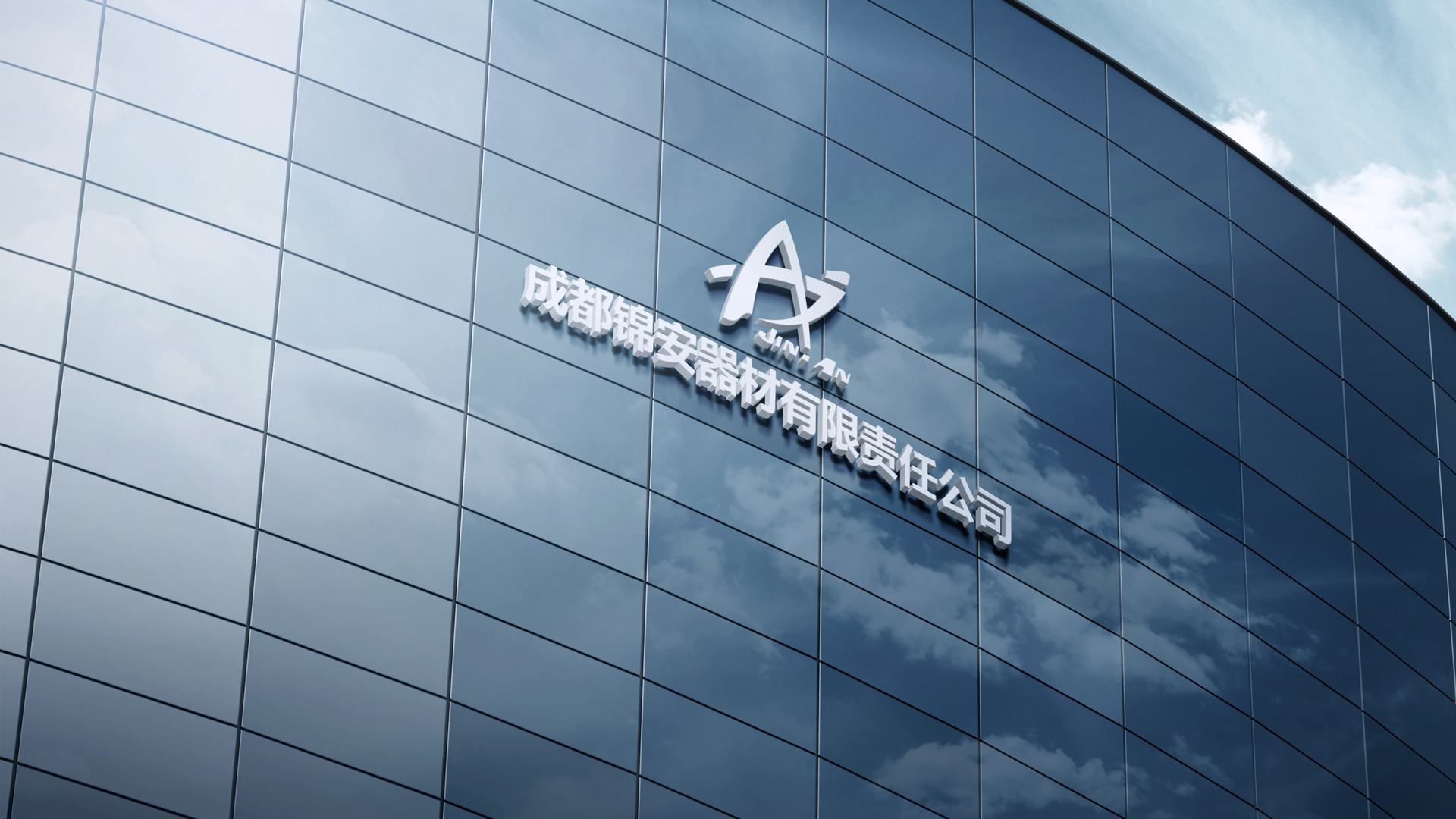What material is a bulletproof helmet made of
Release time:
2025-04-18
In the past, many soldiers would wear steel helmets on their heads and charge forward with their heads down. Many people believe that the purpose of a steel helmet is to prevent a bullet from hitting their head and causing death, so the purpose of a steel helmet is to prevent bullets. But in fact, the steel helmet does not block bullets at all, and rifle bullets can easily penetrate various military bulletproof helmets within the effective range, and it is two eyes. Steel helmets all over the world cannot block the shot of rifle bullets, and even modern non-metallic bulletproof helmets made of Kevlar fiber can only protect against shrapnel or less powerful pistol bullets.
In the past, many soldiers would wear steel helmets on their heads and charge forward with their heads down. Many people believe that the purpose of a steel helmet is to prevent a bullet from hitting their head and causing death, so the purpose of a steel helmet is to prevent bullets. But in fact, the steel helmet does not block bullets at all, and rifle bullets can easily penetrate various military bulletproof helmets within the effective range, and it is two eyes. Steel helmets all over the world cannot block the shot of rifle bullets, and even modern non-metallic bulletproof helmets made of Kevlar fiber can only protect against shrapnel or less powerful pistol bullets.
Whether the steel helmet can block bullets is actually a false proposition, because regardless of which era the steel helmet was manufactured, what material the steel helmet and what kind of bullet it is, it is naturally very unreasonable to arbitrarily say that "the steel helmet cannot block bullets at all". The original steel helmet did not block bullets, but had a certain defense against some shrapnel or stray bullets, and in some cases played a role in protecting the head from impact or cranial trauma.
The
quality of the helmet is usually measured by three indicators, that is, the V50 speed value, the protective area and the weight. The bulletproof index of the helmet is the most crucial, which determines the fundamental performance of the helmet. The V50 is an important indicator that can most accurately reflect the ballistic performance of the helmet. The material is not taken into account, steel, non-metallic fiber materials can be, that is, a helmet made of galvanized iron, as long as the above three indicators are qualified, it is also a good helmet.
V50 value, is to use a hypotenuse cylindrical projectile with a mass of 1.1 grams, at a specified distance to shoot the helmet at different speeds, if 50% of the projectile penetrates the helmet, 50% does not break down, that is, to achieve 50% of the breakdown probability, the average velocity of the fired bullet is the V50 value of the helmet. The higher the V50 value, the better the ballistic performance of the helmet.
Nowadays, with the development and progress of various technologies, a variety of helmets such as Kevlar fiber helmets and titanium alloy helmets have appeared, and the defense capability has been significantly improved, with different degrees of bulletproof ability. China's QGF aramid series helmets, especially the QGF02 helmet, have a V50 value of 630 m/s, which is currently the highest in the world's active general helmets.
Take the PASGT Kevlar helmet that the U.S. military began to equip in 1978 as an example, its bulletproof ability is Level IIIA, V50 = 609 m/s, and it can resist 9mm pistol bullets at a certain distance.
At present, the active helmet of the German army is V50 = 620 m / s, the NATO general aramid helmet is V50 = 487 m / s, and the V50 value of the Russian army's 6B7-1 helmet is 580 m / s. In 2014, the Russian special forces sent by Russia when it recaptured Crimea were equipped with 6B7-1M helmets with V50 values of up to 650 m/s. The AK-47 rifle has a muzzle velocity of 710 m/s and a maximum kinetic energy of more than 2,000 joules, which is enough to penetrate many mainstream personal protective equipment. Kevlar helmets are also pierced if they are hit head-on by AK-47 bullets, but if they are hit sideways from a distance, they may bounce off bullets, and have a high defense success rate. Nowadays, with the continuous progress and development of technology, the protective ability of the helmet is still improving, and it is naturally worth wearing by individual soldiers.
It is also said that the experience of the U.S. military in World War II proves that soldiers who wear intact steel helmets, and being hit by bullets in steel helmets will cause soldiers to have a concussion or break their cervical vertebrae, so try not to wear helmets, or untie the straps on their jaws when wearing helmets. In fact, this is all based on false rumors, the steel helmet has a suspension cushion design inside, which can further slow down the impact, and the final impact to the human body is still relatively huge, but it is far from the extent that it will tear off the neck.
When modern non-metallic helmets with better protection capabilities are hit, they will not break their necks, otherwise the army will not spend a lot of money to equip soldiers with advanced helmets. Modern helmets are made of materials such as multiple layers of Kevlar fiber, and when a bullet hits, it mainly absorbs the impact through the deformation of each layer of Kevlar fiber.
In fact, any soldier hates wearing a helmet, and the main reason here is the weight and discomfort of the helmet. Therefore, helmet designers from all over the world are racking their brains to reduce the weight of the helmet as much as possible. The bulletproof materials used in modern non-metallic military helmets are mainly nylon-reinforced resin, glass fiber and aramid Kevlar fiber. Compared to the first two, aramid is slightly more expensive to manufacture, but the same weight of aramid can provide 2-3 times the strength of other fibers and 5 times the strength of the same thickness and thickness of steel wire. Considering factors such as cost and weight, aramid is indeed the best choice for manufacturing personal protective systems in large quantities.
There are also many people who rarely carry helmets when fighting with a large number of films and television that reflect the special forces, to prove that the helmet cannot be bulletproof. In fact, this is mainly related to the special combat missions carried out by special forces, such as special forces often do not wear helmets when performing covert missions such as reconnaissance, infiltration, and covert operations. Because such tasks emphasize concealment and mobility, the requirements for protective equipment are not high. Wearing a helmet on the head affects comfort and mobility, and in this combat environment, special forces prefer to use very lightweight pennies. And when carrying out offensive battles and indoor assault operations, members of the special forces will still honestly wear helmets.
Recommended
Tactical Backpacks with Modular Compartments
Apr 18,2025
Expandable Police Batons with Non-Slip Grip
Apr 18,2025
Tactical Flashlights with Strobe Function
Apr 18,2025
Handheld Metal Detectors for Security Screenings
Apr 18,2025
Our main products include bulletproof vest/helmet/plate/shield, tactical gear,riot gear, law enforcement equipment, etc.
We started to open foreign market from 2008. Till now, we have exported to America, Canada, Germany, Vietnam, Philippines, Nepal, Africa, New Zealand, etc.
Contact Us
Email:cdjawm@163.com
Tel:+86-28-8610 3629
WhatsApp: +86 135 6885 7942
Address:No.288, Section 1, Wangcong North Road, Small and Micro Enterprises Innovation Park, North Area of Chengdu Modern Industrial Port, Pidu District, Chengdu, Sichuan, China 611731







